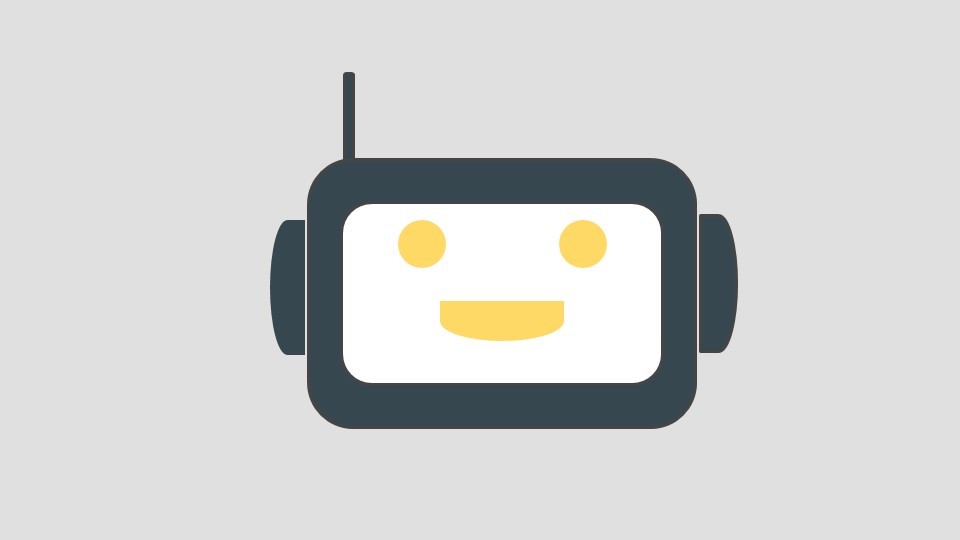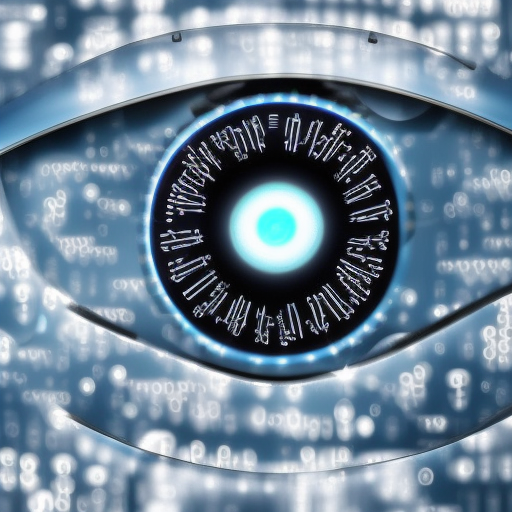I just read an interesting journal article in which the author, Uhrich (2012), explored the life and work of Hollis Frampton, a digital video pioneer who taught at the Digital Arts Lab at the State University of New York Buffalo in the late seventies and early eighties. After his sudden death in the mid-eighties, a collection of 146 obsolete eight-inch floppy disks, about two thousand pages of computer code, and a collection of manuals for defunct software and hardware, were stored at the Anthology Film Archies (AFA) in New York City. What the collection is missing is one-of-a-kind hardware designed to run these programs. While I am studying media and hardware obsolescence this week, I want to ask whether you think digital artefacts should be preserved if the technology to read them no longer exists. I suspect most of you will agree with AFA’s decision to preserve this history. However, what criteria should we put into place to manage the colossal amount of incoming data that will need to be archived or risk disappearing? What sorts of preservation strategies can we hope to design to separate the “important” from the “unimportant” digital artefacts, or should we simply horde it all?
I believe we should aim keep it all and sort it all out later. But this is an unrealistic expectation. I don’t think it is possible due to budget constraints, today’s technological limits, etc. However, I do not think we can accurately predict the value of information will have in the future, therefore it behooves us to keep as much of it as we can. Oof! I’m beginning to realise the challenging nature of digital preservation.
Uhrich, A. (2012). Pressed into the Service of Cinema: Issues in Preserving the Software of Hollis Frampton and the Digital Arts Lab. The Moving Image: The Journal of the Association of Moving Image Archivists, 12(1), 18–43. doi:10.5749/movingimage.12.1.0018




Leave a comment